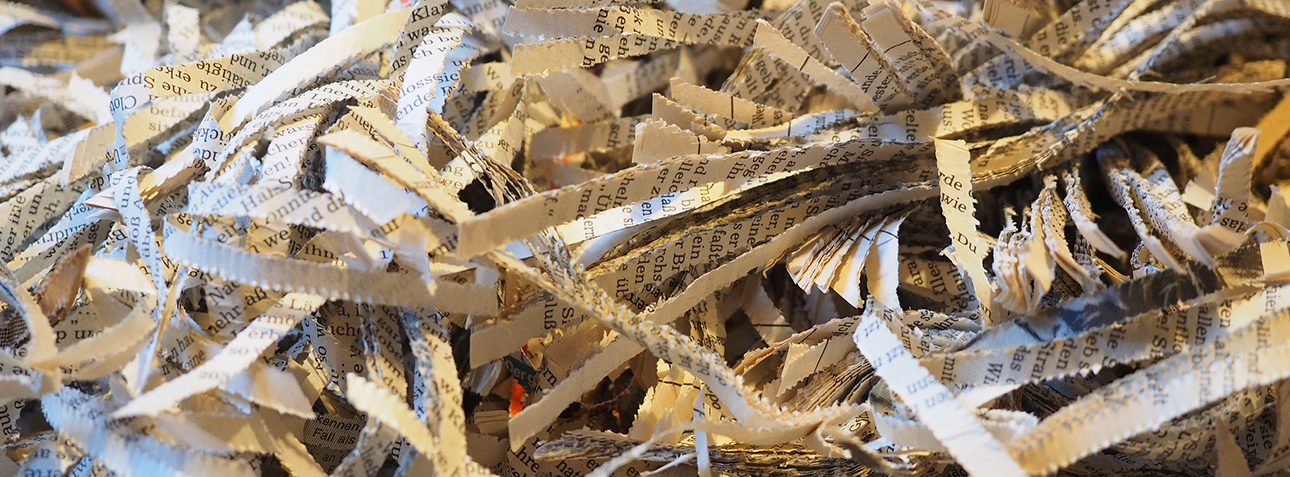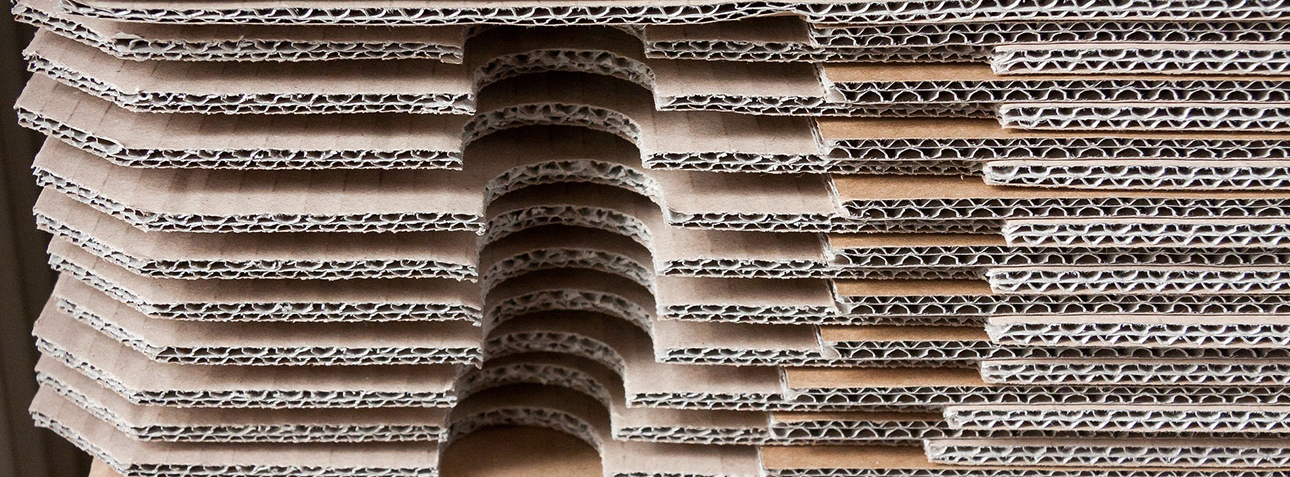The world of print is changing at an extraordinary pace to meet the demands of customers and interests of the surrounding environment.
When you think of the number of books, magazines, leaflets, large format print and point of sale that you come across in a day you also have to wonder about how they came to be and at what cost. Fair enough we all enjoy a good read or an interesting advertisement, but with businesses and even consumers being encouraged to find better ways to do things that show consideration to the many tomorrows of future generations, it’s very difficult not to see the need for change.
If you hesitate even a little when you select 'print' at work or feel queasy when you have to throw away paper then let us say – it's not just you. Almost every workplace has now adopted greener ways of operating to minimise the damage our actions have on the planet and we are no different.
We’ve decided to delve a little deeper into the world of print and discuss how providing eco-friendly products affect clients as we put to bed some of today’s most common misconceptions.
- First off, what is eco-friendly printing?
- Will the quality of my product be affected if it's printed on recycled paper?
- It's either eco-friendly or quality
- Inadequate packaging
- Help recycling
- If I want laminate on my print, is this eco-friendly?
- Is it more expensive to be environmentally conscious?
- Talk to us
First off, what is 'eco-friendly printing'?
The average office worker in the UK uses 10,000 sheets of paper each year, with 6,800 of these being wasted. Keeping in mind paper is a major contributor to landfill waste.
Eco-friendly printing is more than just ‘a thing’, it’s real and it’s what most printing companies are spending considerable time and resources investing in. That being said, eco-friendly printing looks at using a range of solutions, processes and materials to provide products in a way that is neither toxic to a person’s health or the environment. This can include using vegetable-based inks and alcohol substitutes with lower VOC emissions.
In general, it is thought of as a more responsible way of printing and something more print companies will likely be initiating.
Will the quality of my product be affected if it's printed on recycled paper?

Short answer: No.
If you thought of greyish, bumpy thin paper when you heard 'recycled paper' then you would be very wrong. In fact, if someone was to put the recycled paper in front of you right now you probably wouldn't even know it was recycled.
Today’s recycled paper is soft, smooth and elegant – definitely ready for a professional piece of artwork, and if you opt for a premium paper stock you would be surprised at the deep sheen and punch you get.
Gone are the days where being good was boring.
It's either eco-friendly or quality. You can't have it both ways.
Contrary to what many believe, the quality of a product is not compromised if a more environmentally-friendly alternative is used where possible, you just have to know what you’re doing or work with people who do.
This also applies to the inks used during the printing process. That means you can still get vibrant colours from options like soy ink, the innovative alternative to petroleum-based ink.
For a long time, petroleum inks used have released volatile organic compounds (VOCs)during the drying process, which are hazardous to the environment. Soy inks release a small fraction of these VOCs and are also brighter and more vibrant than petroleum inks giving a better finish and cover in lighter coats, which results in customers getting more for their money.
The chemicals used in an eco-friendly printing process are organic filters and neutralising solutions that don't release contaminants into the local soil and water table. They are both non-toxic and safe to handle.
Innovation has made it possible to get the same results, if not better from more responsible sourcing.
Inadequate packaging

Many companies are adopting a zero-to-landfill initiative, re-using 95% of their waste and converting the other 5% into refuse-derived fuel (RDF) to reduce the number of waste products finding its way into landfills. This has resulted in more inventive and efficient ways of packaging products, so you might find that there's less 'free space' within your product packaging or that it's made of something other than cardboard. Not to worry though, it's highly unlikely that the packaging will be insufficient to protect a product – which is its main purpose. Things just might look a little different.
Help recycling
As part of a 360 service, quite a few print companies are offering help with collecting unused or old print and disposing of it responsibly. This means that you no longer have to worry about sourcing print, installation, maintenance, collection and disposal from separate companies, but instead get it all from one place from a company you trust.
If I want laminate on my print, is this eco-friendly?
You are fine to have laminate on your print as there are biodegradable and recyclable options such as biodegradable laminating film that can be used.
Is it more expensive to be environmentally conscious?

One of the many benefits of being environmentally-friendly is the ability to reduce your costs by putting in place sustainable systems.
Along with the grants and financial support available, often eco-friendly print options are less expensive compared to their less environmentally-friendly counterparts, so we advise speaking with your print partner to find out what they offer.
When you think about the good you will be doing and the boost to your brand you'll get by doing it hopefully, your decisions will be easier.
Talk to us
No doubt we're all becoming more conscious and concerned about how we interact with our planet, but this doesn't need to mean that you have to change everything right now. Change is best in stages and that goes for your printing and marketing channels.
We suggest that you just be smarter about how you approach these changes and we can help.
To find out how we can help you to be more environmentally-friendly in your marketing campaigns without breaking the bank then talk to us, our specialists are on hand with years of expertise and solutions. Alternatively, you can request our Green Sample Guide to see all the products from our Eco-Friendly range.

